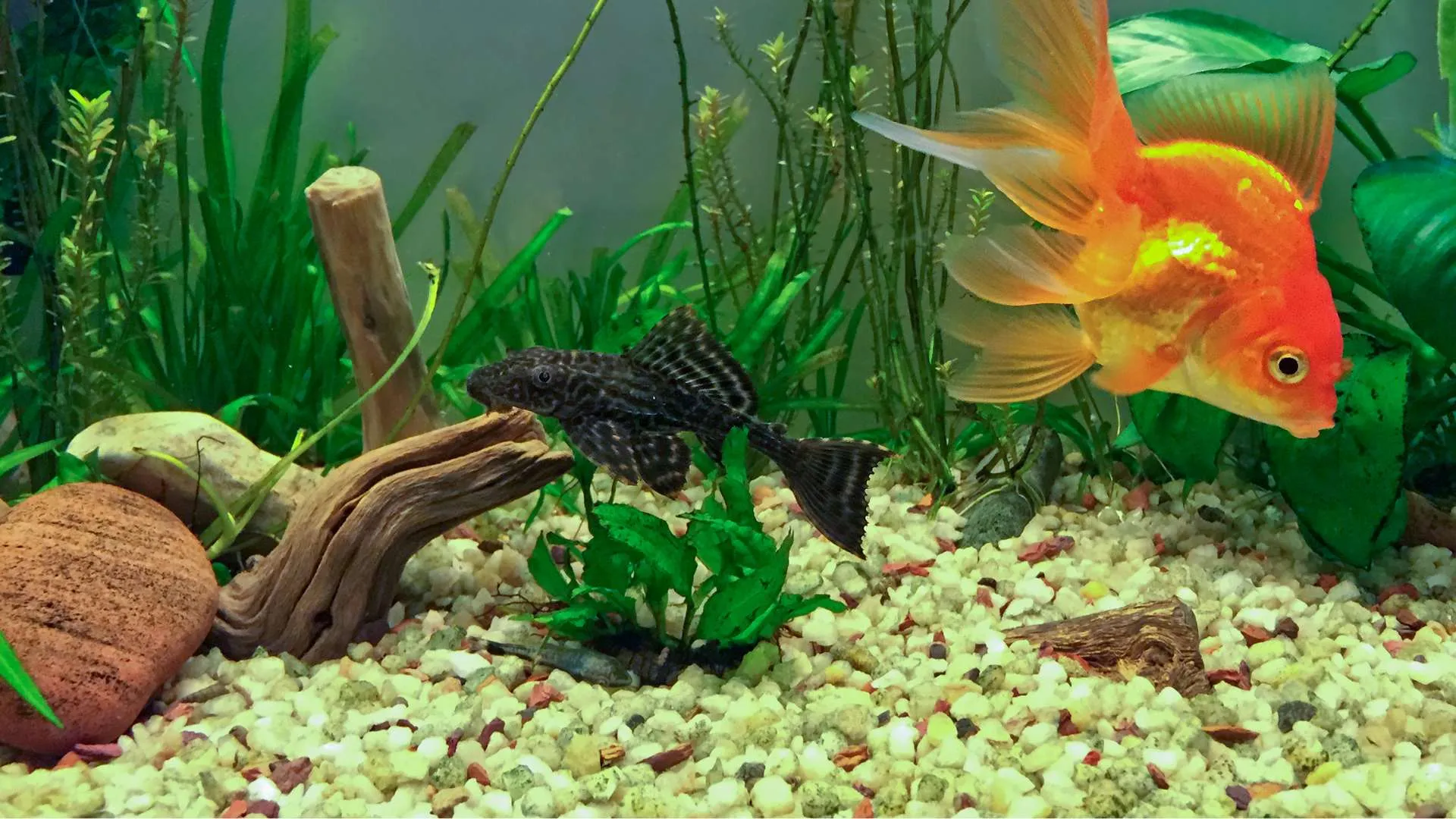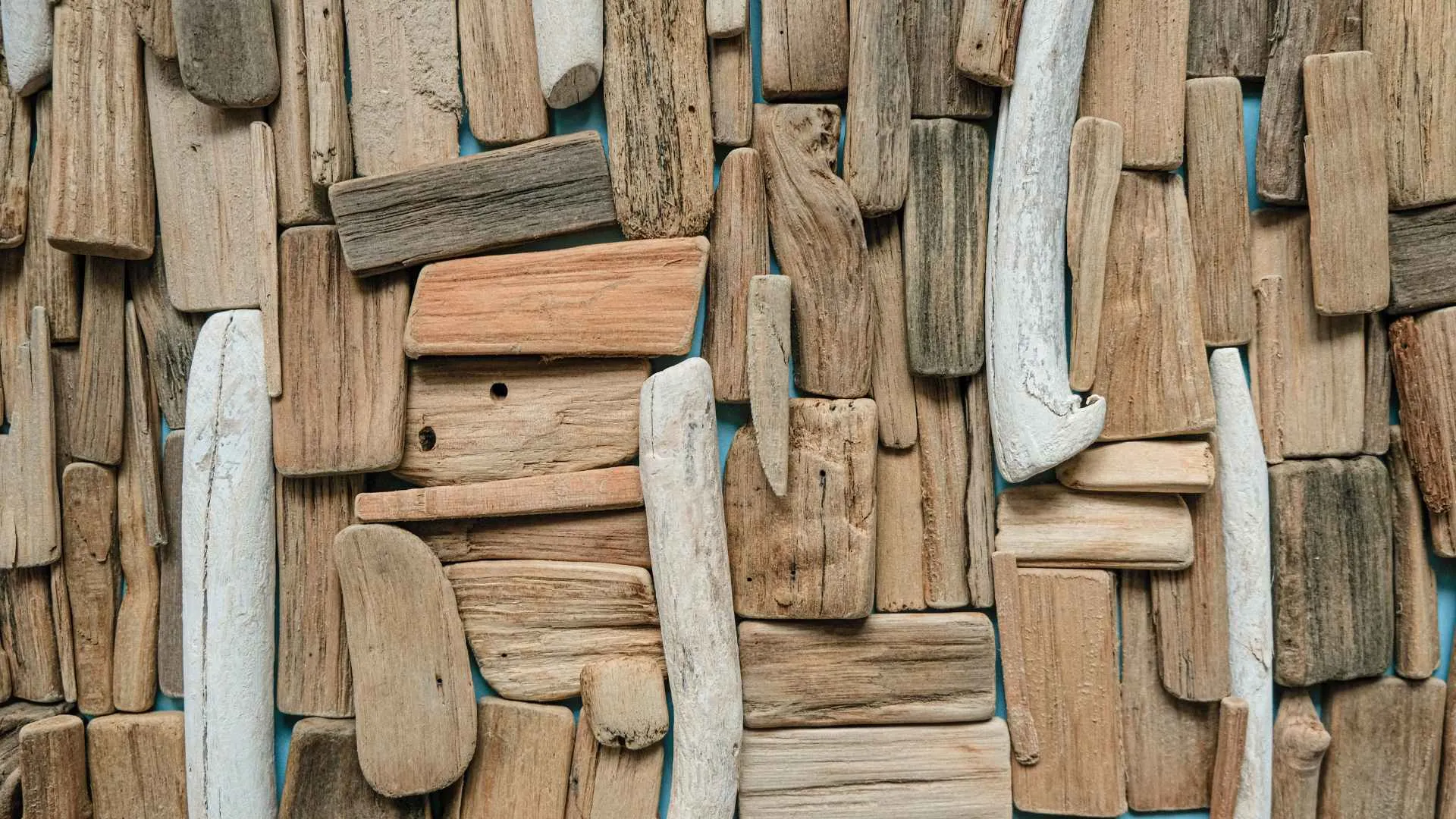The Ultimate Guide to Sterilizing Driftwood for Aquariums
POSTED ON JAN 17, 2024

Driftwood can also be used to set up an aquarium for aquatic species. But this requires a proper way of sterilization to not put aquatic species at risk. If you do not sterilize your driftwood, it might jeopardize the health of your underwater pets. Now let us see the steps on how to sterilize our driftwoods.
Importance of Sterilizing Driftwood
If you are thinking about putting a piece of wood into your aquarium to make it a wonderful place for your pets, you might consider sterilizing it. Wood might have harmful bacteria and fungi that can cause a serious problem for your aquatic pets such as fish. By sterilizing it, you are cleaning off the potential pathogens before it has the chance to infect your pets. Also, sterilizing can help in preventing the growth of unwanted organisms like algae.
How to Properly Clean Driftwood?
Here is a step-by-step guide on properly cleaning driftwood for your aquarium.
Step 1: Gather Cleaning Materials
To clean driftwood, you will need a few cleaning materials like:
• bucket
• soft-bristle brush
• boiling water
• pair of tongs or gloves.
Make sure to gather the mentioned materials to properly clean driftwood.
Step 2: Inspect Driftwood Condition
It is important to choose a driftwood that is in good condition. You should inspect the driftwood that you are going to use to prevent hazards such as mold or rot.
Step 3: Gentle Scrubbing
Using the soft-bristle brush, gently scrub the driftwood under running water. Do not brush too hard to prevent any damage to the driftwood’s texture.
Step 4: Soak Driftwood
Fill the bucket with enough water to submerge the driftwood. Let it soak for 24 to 48 hours to further loosen any dirt.
Step 5: Boil the Driftwood
After soaking, remove the driftwood from the bucket and transfer it to a pot of boiling water. Allow the boiling process for at least an hour. This will kill any unforeseen bacteria.
Step 6: Cool the Driftwood
Remove the driftwood from the pot and let it cool. Avoid placing it immediately after boiling in your aquarium because sudden temperature changes might put your aquatic pets at risk.
Step 7: Final Rinse
Give the driftwood a final rinse under running water. This will remove unwanted substances from the boiling process.
Step 8: Air Dry
Air dry the driftwood because it is crucial to fully dry it before placing it inside the aquarium to prevent bacteria from moisture that might occur.
Step 9: Add to Aquarium
Once the driftwood is dry, add it to your aquarium. Carefully place it inside to create an aesthetic and natural environment for your fish.
Safety Measures to Take When Sterilizing Driftwood

When sterilizing, it is important to prioritize your safety, so equip yourself with the right protection. Gloves and masks are just a few gear that you should be wearing during the sterilization process. Aside from the materials, you should work in a well-ventilated area to prevent yourself from inhaling hazardous chemicals. Following these tips might ensure your safety in your sterilization process.
Quality Driftwood that is Best for Aquariums
One element can make your aquarium aesthetically and naturally pleasing to the eyes. One of the elements that can make your aquarium stand out is driftwood. But where to find these driftwoods to decorate your aquarium? One of the places that you might see is the area near a lake, river, or seashore. But make sure that you will collect these driftwoods legally. Be mindful of the existing regulations regarding the collection of driftwood. If and only if you live away from the mentioned bodies of water, you can check online for any driftwood for sale.
It is important to know different types of driftwood as it can be your guide on choosing the right one for your aquarium. It is recommended to use hardwoods like oak, beech, maple, or Mopani in aquariums because of their durability and longevity. Always consider the size and shape of a driftwood since it might not fit your aquarium. Furthermore, you must sterilize your driftwood before adding it to your aquarium.
Aside from the recommended actions, you must avoid driftwoods like pine, cedar, or redwood because these are softwood and will put fish and water quality at risk. You must also check for any signs of molds and decay to prevent it from spreading bacteria to your aquarium.
Benefits of Using Driftwood for Creating Natural Habitats for your Fish

Driftwood is not just an aesthetically pleasing material, it can also benefit your aquatic creatures. With its distinct features, driftwood can enhance your aquarium’s overall ambiance. This decoration will provide your fish with an area to hide and rest.
Aside from its appealing look such as it mimics the natural environment and therefore promotes a natural behavior in fish, it can also serve as a shelter for fish where it can be an area where they can hide and rest. It also controls the growth of algae by providing surface attachment and supporting the plants inside the aquarium.
Conclusion
Driftwoods have become more popular as a decoration, especially as aquarium decoration. But make sure to sterilize it to ensure the safety of your aquatic creatures. This blog post has provided several tips and steps in driftwood sterilization. Use these tips when decorating your aquarium for a better result and at the same time, while ensuring your fish’s safety.
ARE YOU INTERESTED IN DRIFTWOOD DECOR?
If you have projects that need driftwood ideas, don't hesitate to contact us.
© 2023 DB Texas Driftwood Artists
